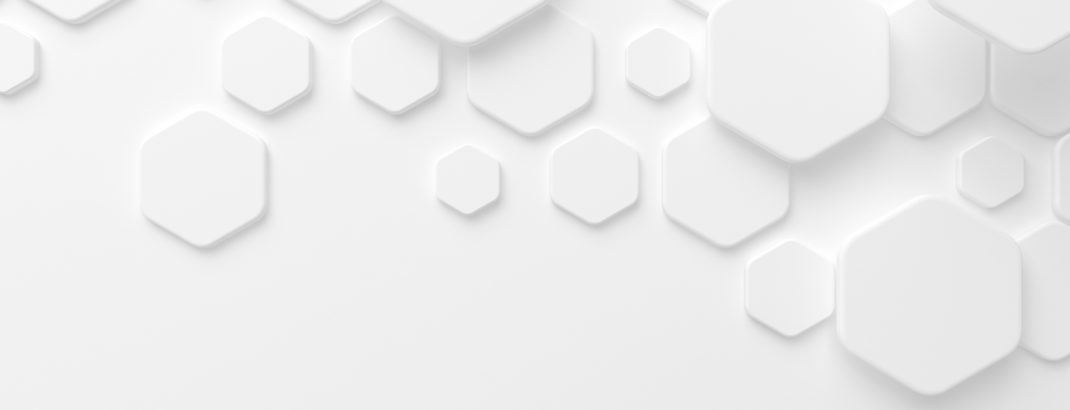Here at Ricoh 3D we know the importance of considering the end manufacturing process when designing parts. This is known in the industry as Design For Manufacture (DFM). With Additive Manufacturing, (AM), this approach is no different so we’ve put together some general principles and guidelines to help with your designs.
Full design freedom is often an ideal associated with designing for Additive Manufacturing – that the only limitation is our creativity. Whilst AM certainly offers greater design freedom than formative or subtractive manufacturing methods, there are still some parameters that it’s useful to consider when creating parts for AM; Design For Additive Manufacturing (DFAM).
Subtractive and formative processes are not relevant to designing for Additive Manufacturing. Unlike Injection Moulding, AM parts are not formed via a die, therefore we don’t have to think about undercut features or add draft angles required for parts to eject from tooling. No consideration is required to maintain a uniform wall thickness to allow moulds to fill efficiently, and we don’t have to apply radius to pockets to accommodate cutting tool diameters in CNC machining. To make sure your part is optimised for manufacture via AM check out the expert advice in our print guides.
There are general rules which apply to all AM Technologies, but there will also be considerations and design recommendations that are unique to FDM, SLS and MJF systems – such as minimum feature size.
When we are thinking about consolidating assemblies or creatively manufacturing parts within parts it is vital that the support material and ability to remove it is considered during the DFAM stage.
So whilst it is true that AM allows for more design freedom than more established or traditional manufacturing techniques, we’re here to help shed light on the guidelines and recommendations that will help get the most from your design and ensure a successful print.
Ricoh 3D offers design and consultancy services to assist in the design phase of your project.
